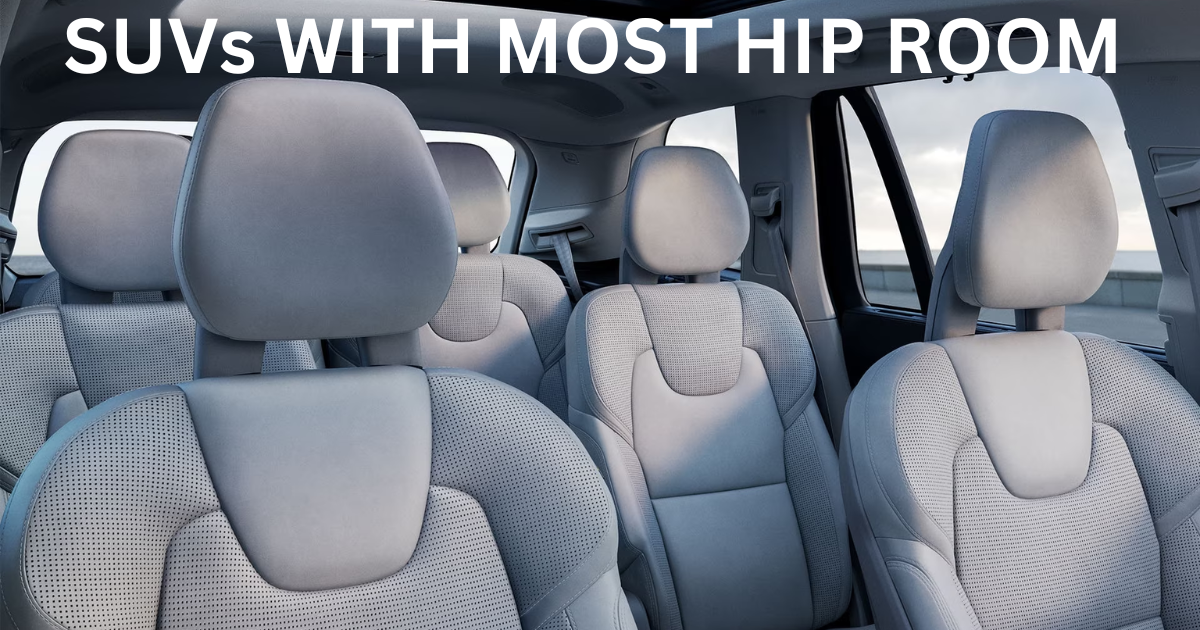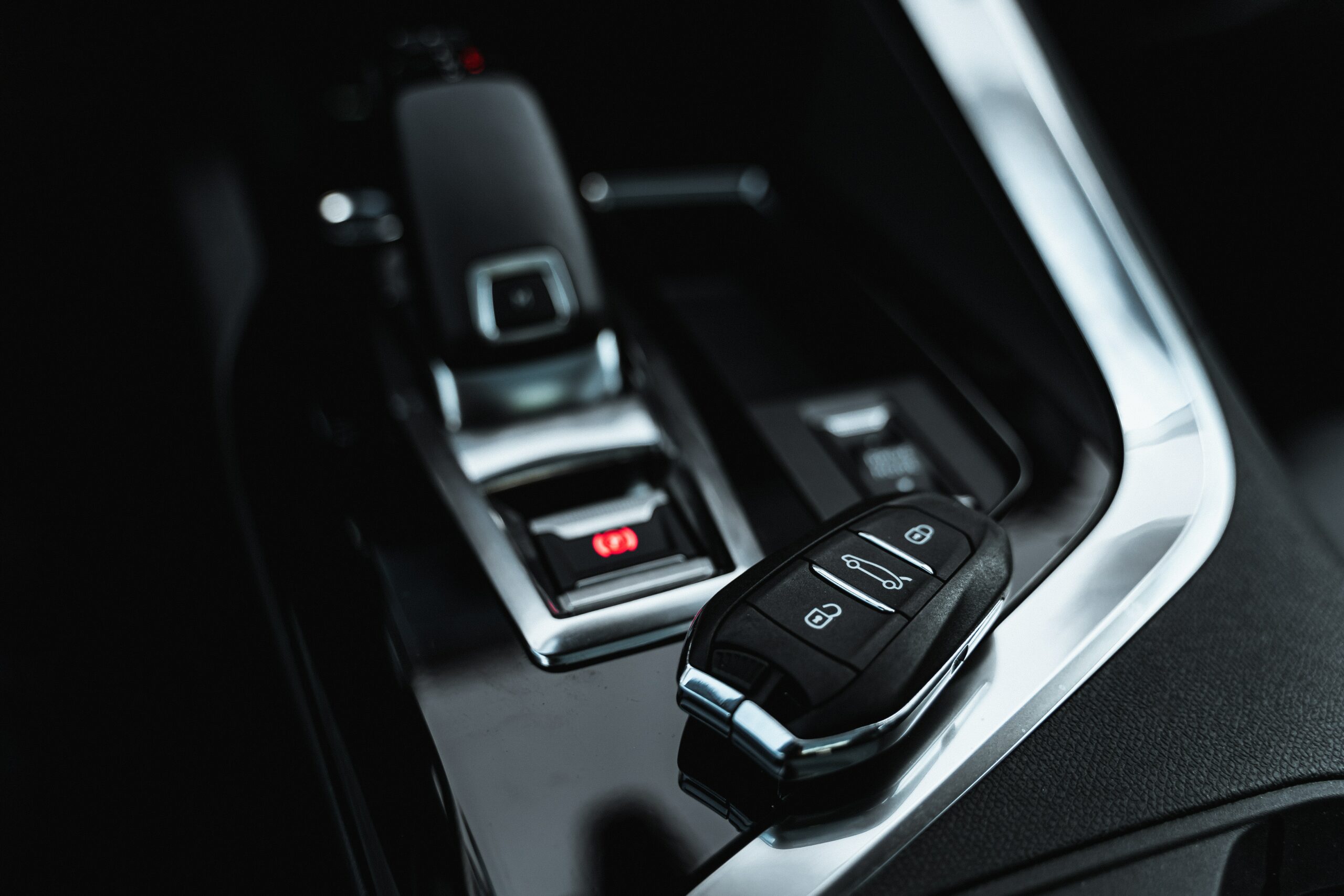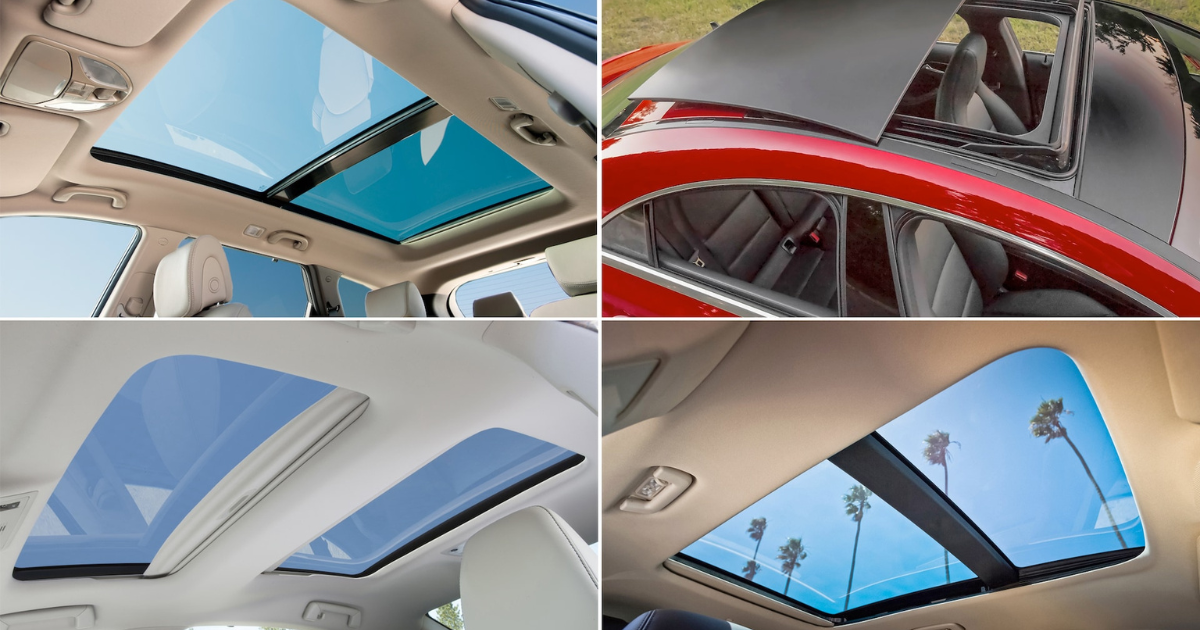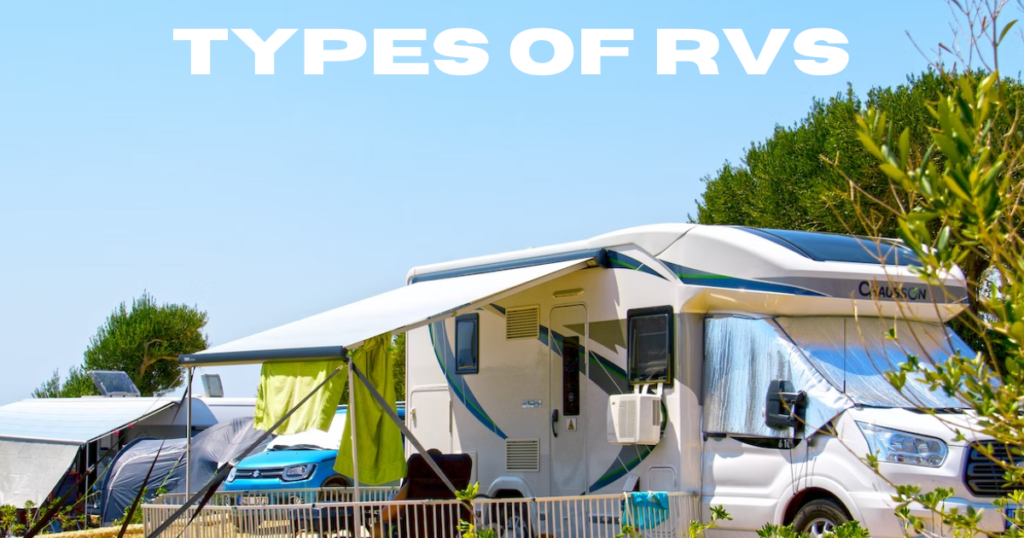
With so many options and different types of RVs available, it can be difficult to get started in the RV market. Several excellent options range from full-size Class A motorhomes to modest pop-up campers. People have different ways of camping. Some live in RVs all the time, while others use RVs for weekend adventures. That’s why their dream RVs are not the same. They look for different things in an RV based on how they want to camp.
Before heading out to purchase an RV, future campers should research and explore the most suitable floorplans, models, and types of RVs that align with their lifestyle. This step needs to ensure they find an RV that perfectly fits their needs and preferences.
In this article, we have compiled a list of types of motorized and towable recreational vehicles that can help potential customers determine which recreational vehicle is best for them. So, without further ado, let’s begin!
Motorized RVs Types
Motorized RVs, also known as motorhomes, are recreational vehicles equipped with an integrated motor or engine, allowing them to be self-propelled. These versatile vehicles serve as both transportation and living quarters, providing travelers with the convenience of having their accommodations on wheels. They are further classified as:
Class A motorhome
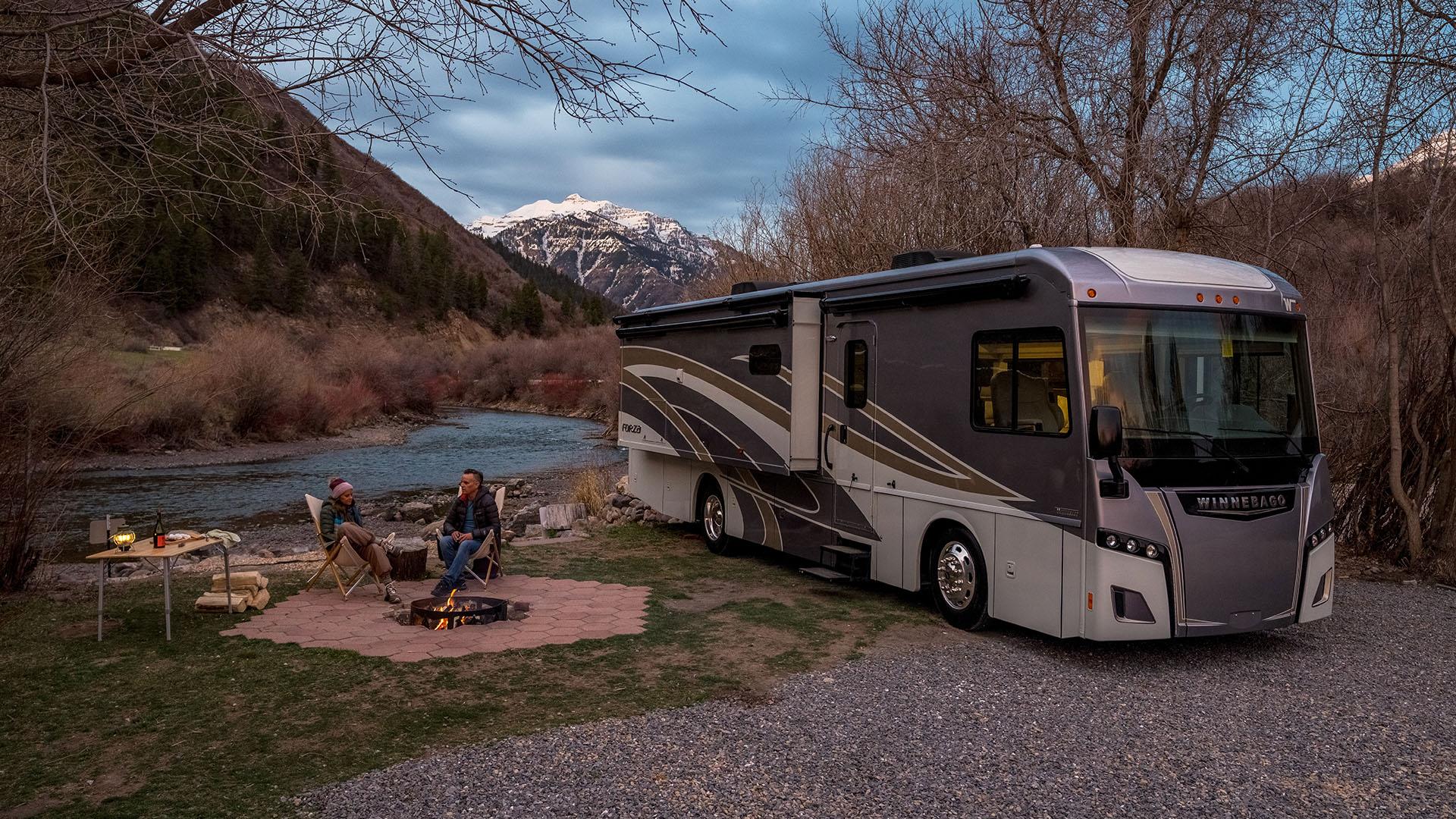
Class A motorhomes are the largest RVs since they are built on a bus or commercial truck framework. Class A usually includes at least two slideouts when parked at a campsite, providing inside extra living space. It is well-known for its spacious and luxurious interior.
Class A motorhomes can range in length from 20 to 45 feet. The fuel economy is roughly eight to ten miles per gallon due to its size, but its lavish features make it worthwhile.
Class A’s size and features make it feel more like a home on wheels. It is available with either diesel or gasoline engines. A Class A motorhome requires no special license to operate despite its size. It’s excellent for small families or couples looking for a camping experience.
Class B Motorhome

Class B motorhomes, also known as campervans, appear like large vans. They are the tiniest RVs, with the best fuel efficiency, and the simplest to drive and park. It has a tiny kitchenette, a bed, and a wet bath.
Because they have less storage room than bigger motorhomes, they are best suited for solo travelers or couples traveling together. A campervan’s length can range from 16 to 21 feet. The Mercedes Sprinter, Ford Transit, and Ram Promaster are some of the most common van chassis they are built on, with the option of gasoline or diesel engines depending on the chassis.
They are ideal for short weekend camping trips as well as full-time RVers. Full-timers prefer Class B due to its fuel economy and ease of driving and maneuvering.
The Class B+ is larger than a conventional Class B campervan and looks similar to a Class C RV. It offers more interior room, a larger floor plan, and storage. It can sleep more people and has a stand-up shower in the bathroom. The Class B+ is an excellent choice for folks who want a larger RV than a Class B but still want the convenience of driving and parking.
Class C Motorhome
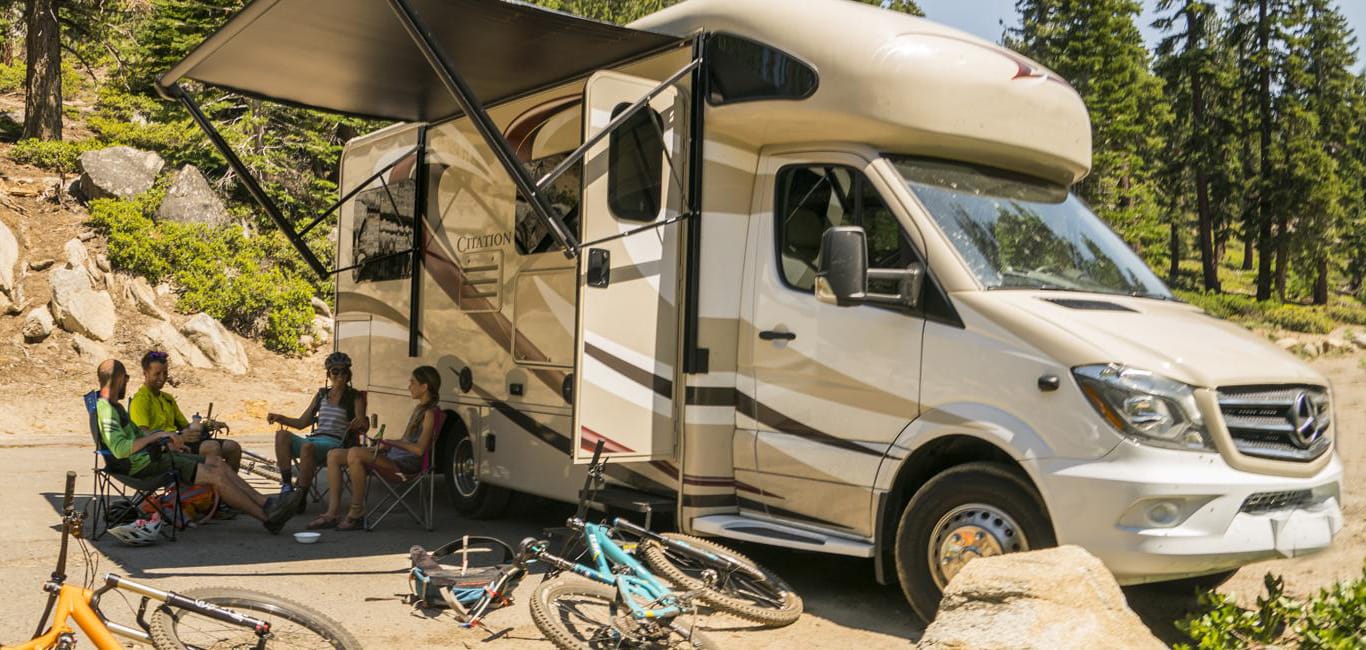
This is excellent for those seeking a middle ground between Class A and B motorhomes. They are often built on the chassis of a truck or van. It’s smaller than a Class A, making it easier to drive and handle, but it’s larger than a Class B, giving you more storage and internal living space.
Class C RVs range in length from 20 to 28 feet. The over-cab sleeping area is a superb method to recognize this motorhome style, making it large enough for a small family because of the extra sleeping rooms.
Super C motorhomes are also available on semi-truck chassis. It has greater power than a conventional Class C but retains the same design and aesthetic. It is more extensive, has a longer wheelbase, and has more outside storage and internal capacity.
Towable RVs Types
Towable RVs are recreational vehicles designed to be towed by another vehicle, such as a pickup truck or SUV. They do not have their motorized engine, relying on being pulled by a separate towing vehicle. There are several types of towable RVs, including:
Related: 10 Reasons Why Pickup Trucks Are So Expensive
Fifth-Wheel Campers

Fifth-wheel campers, the most significant type of towable RV, are pulled by substantial pickup trucks equipped with a specific fifth-wheel hitch positioned in the truck bed. Because of this flaw, they usually have an elevated forward part where a bedroom or living room is located.
Because of their length and slideouts, fifth wheels are among the most enormous RVs available. Some floorplans include as many as six slideouts! This makes them an excellent choice for large families or individuals who want to camp in large groups.
Many fifth-wheel RVers may park their RV at a campground and unhook the towing car for daily travel. As with any towable RV, the towing vehicle must be rated to bear the weight of the RV and its contents.
Toy Haulers
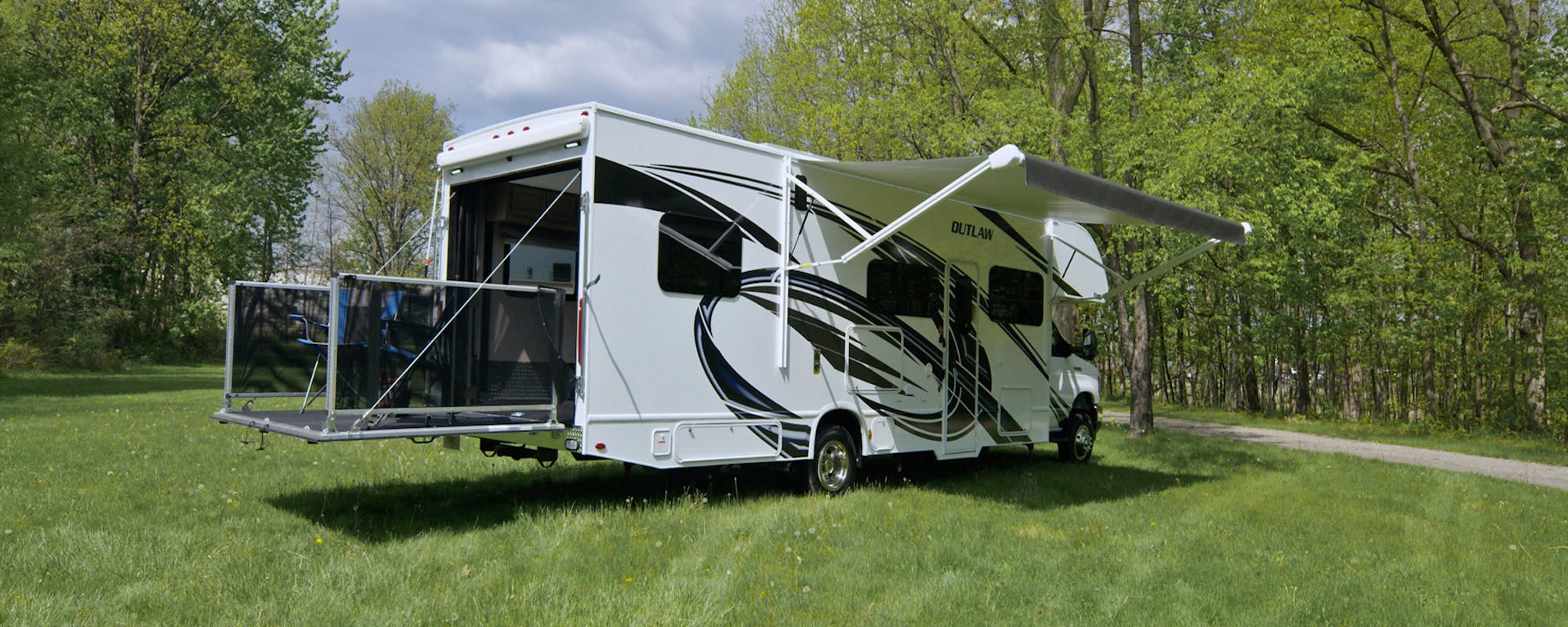
Toy haulers (sport utility RVs) are designed to carry goods and outdoor toys. Motorbikes, golf carts, four-wheelers, snowmobiles, kayaks, and more – you name it, these RVs can tow it.
Toy haulers have big cargo areas/garages and distinctive heavy-duty doors double as ramps for loading items. Unlike the previous types of RVs discussed, toy haulers are a sub-category of RVs. Toy haulers are available in both towable and motorized RV configurations.
However, the majority of toy hauler RVs are fifth wheels. A nice living space and a garage make these the ideal basecamp for active RVers looking to play hard wherever they go.
Travel Trailers

This popular RV is towed by a bumper or frame hitch extending from the trailer’s front. Travel trailers are great for every camper because they come in various floor plans and styles. Their weights range from 1,200 pounds to 9,000 pounds. There are also travel trailers with several slideouts for more living space.
Fifth wheels are more difficult to detach and set up in a campground than travel trailers. As a result, travel trailers are a popular RV form for many people.
Teardrop Camper
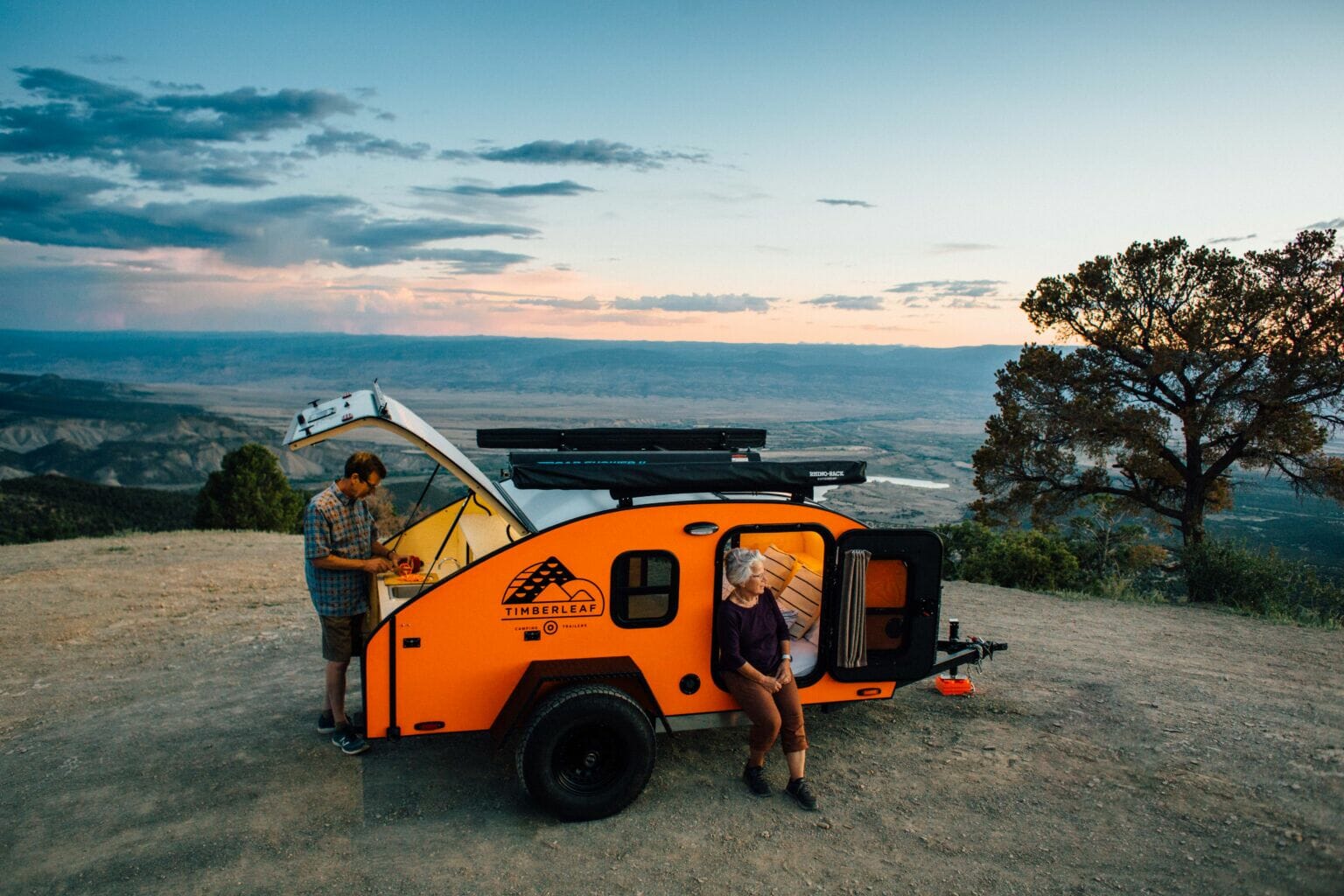
These RVs have a distinctive teardrop shape, making them easy to identify. Teardrop trailers are great for weekend travelers who seek modest comforts. The most basic teardrop RVs are simply mobile bedrooms. A bed, kitchen/dining room, and wet bath can be included in larger floorplans.
Teardrop RVs, like Class B motorhomes, use swivel toilets, folding sinks, convertible beds, and other features to make the small design more functional. Teardrop aficionados adore these trailers’ ingenious design and antique beauty and unite with other teardrop owners at rallies such as Tearstock.
These RVs are typically less than 4,000 pounds. This RV style is becoming more popular due to manufacturers like Liberty Outdoors, which have supported the tiny trailer movement.
Pop-up campers
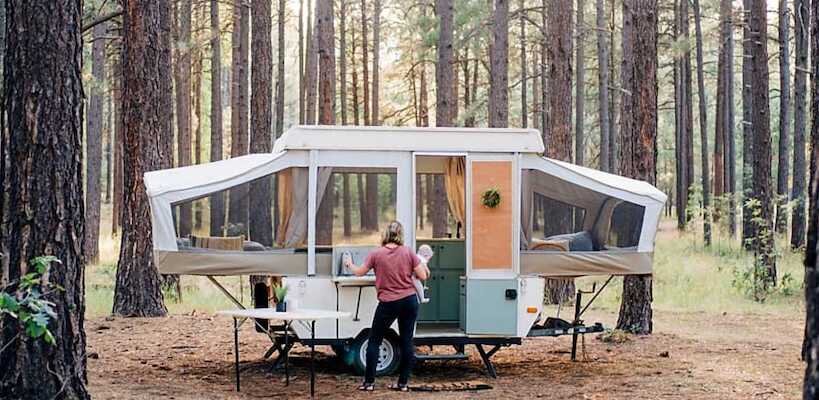
Finally, we’ll talk about pop-up campers. If you grew up camping, you spent some of your childhood in one of these RVs. These RVs are great for families since they have a rigid base and canvas sides that extend (or “pop-up”) to give sleeping space.
This RV style is ideal for young families who want to camp more often but want to avoid sleeping in a tent on the ground. Because of its cost, pop-ups have been a family camping presence for many years. They are very lightweight, so they may frequently be pulled by the family vehicle. These towable RVs make camping more comfortable and come in several configurations.
FAQ’s
What Is the Most Common RV Style?
The travel trailer is the most common type of RV. These pull-behind campers sell the most yearly and come in various sizes and pricing ranges.
Which RV is the easiest to drive?
The Class B motorhome is the most simple to operate. These small vehicles, sometimes called camper vans, are typically no longer than 22 feet long and drive similarly to a regular full-sized van.
What Is the Largest RV Type?
The Class A motorhome is the most significant type of RV, and both can be 45 feet (or longer) long.
What Is the smallest RV size?
The smallest RVs are classified as either motorized or towable. The teardrop trailer and the Class B motorhome (van conversion).
Conclusion
When you own an RV, you can visit new places, get close to nature, and make memories with your family that will last a lifetime. The diverse range of RV options available in the market caters to enthusiasts’ varied preferences and camping styles.
Whether one seeks the luxurious and spacious Class A motorhome for full-time living or the simple and modest pop-up camper for weekends, there is an RV perfectly suited to their needs.
Various other RV options, such as Class B and C motorhomes, travel trailers, fifth wheels, and camper vans, offer a wide array of choices to cater to different preferences and budgets.
So, whether you’re a seasoned RV enthusiast or a newcomer to the world of recreational vehicles, the market’s diverse offerings ensure that your dream RV is out there waiting to accompany you on your next adventure.
Happy Camping!


